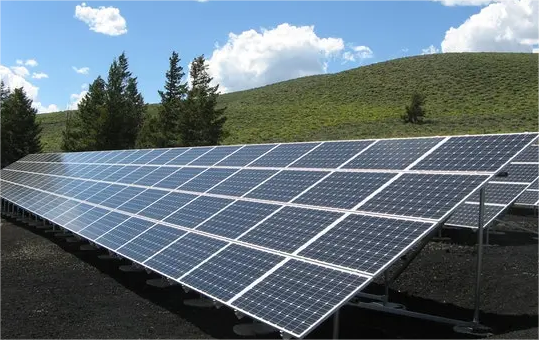
Many countries around the world have introduced the policy of "carbon peaking and carbon neutrality". The global energy pattern has rapidly transformed from fossil energy to renewable energy, and new energy power generation forms represented by solar power, wind power, and hydropower have achieved rapid development.
India is the third largest greenhouse gas emitter in the world, but in terms of per capita emissions, it is far lower than European and American countries and the Four Tigers of East Asia.
As of February 28th, the cumulative installed capacity of renewable energy power generation facilities in India has reached 412GW.
India's current share of renewable energy generation is slightly higher than 42%, and coal-fired power generation continues to account for more than half of the total power generation.
India has set a goal of installing a total of 175GW of photovoltaic systems and wind power facilities by the end of 2022, but currently only 122GW has been installed.
The current focus of the Indian government is to achieve the goal of installing a total of 500GW of non fossil energy power generation facilities by 2030 by installing more photovoltaic systems, wind power facilities, nuclear power, hydropower, and biomass power generation facilities.
In addition, Indian Minister of New and Renewable Energy, R.K. Singh, requested last year that state chief ministers and federal deputy governors establish state level energy transition steering committees to increase the installed capacity of renewable energy and reduce carbon emissions.

